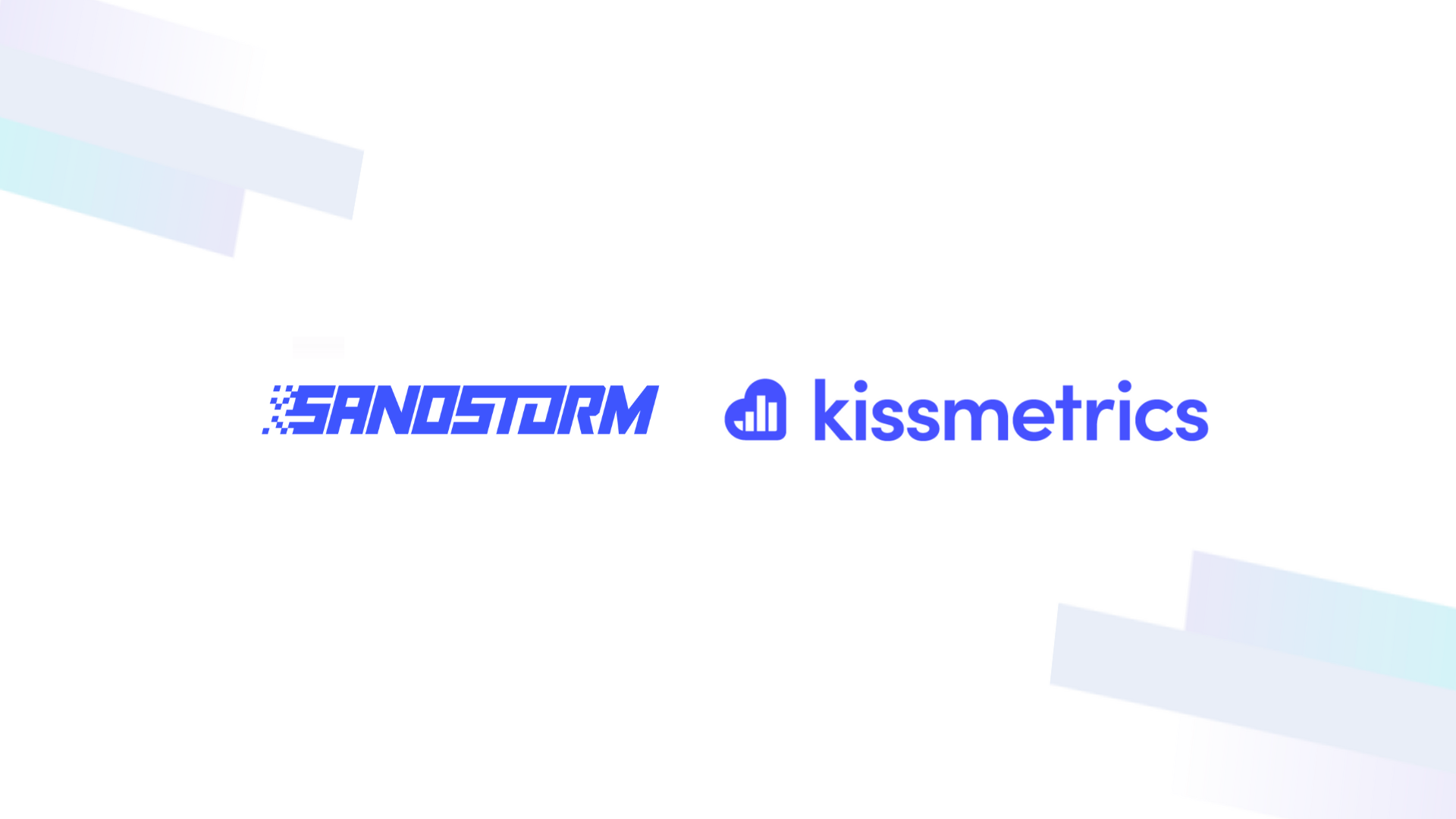The 5 Most Important Onboarding Metrics to Measure

One thing all businesses have in common is that new users are required for growth and long-term success. But new users don’t often know all the details of your products and services so you have to educate them as to their benefits through a process called onboarding. The onboarding process looks different for every company and industry so you might have to iterate onboarding until you have the process that sits at the nexus of cost-effective and customer satisfaction.
In order to make your onboarding process as efficient and effective as possible, it’s important to gather data to clarify what needs to change.
What is User Onboarding?
User onboarding is the introduction of users to your business and products. In this early phase, users will learn about your offerings and what value these products can bring to them.
Onboarding also includes teaching the users how to navigate and implement your products and how to maximize their value. This can include helping them get products or services up and running or helping them transfer over from a competitor’s set of products or services.
Because this is the first phase in which users will start to interact with your business, it’s crucial that your onboarding process is well thought out, as it sets the foundation for their relationship with your business. The user onboarding phase will also consist of answering any questions or concerns your users may have while you guide them through the process of adopting your product or services.
In a nutshell, user onboarding is the process of taking new users and transforming them into existing users.
Why is User Onboarding Important?
First impressions are key when introducing users to your product or business. A poorly executed onboarding process is one of the main reasons users leave and move on to competitors. A well-executed user onboarding process will ease the burden of user retention and will increase overall user satisfaction.
Another reason user onboarding is important is that it is a great opportunity to teach the users about your company’s different offerings and potentially upsell. Potential users may have arrived at your company because of one product or service, but that doesn’t have to be the only product or service they end up choosing.
During the user onboarding process, you may discover that different products or services fit your users’ needs. Selecting the appropriate products and services for your users will help them get more value from your company. Learning the best fit for your users during the onboarding process will lead to higher satisfaction and consistent growth for your business.
How Long is the Onboarding Process?
The length of the user onboarding process depends on your industry and business model. For a company selling simple products and services that are somewhat self-explanatory, the onboarding process will be simple and straightforward. Some new users may be looking for a quick and easy order process that will save them time. In that case, your onboarding process should be fast and efficient, providing the most value to the users.
For companies selling complex products or services, the onboarding process should be detailed enough to give the users all the necessary details. The onboarding process should teach them the proper ways to use your products or services which will increase the likelihood of user retention.
How is Onboarding Measured?
It’s critical you track the appropriate metrics for your business and situation. Some of the most important onboarding metrics are:
- Completion time
- User progression
- Product adoption rates
- Escalation response time
- User response rate
Completion Time
The length of time it takes your users to complete the onboarding process is measured as the completion time. A good completion time will vary depending on your product and service lineup but a good rule of thumb is the quicker the better. You want to get people using your product or service while they’re still excited about it.
Additionally, a long completion time could mean a complicated onboarding process that may lead to lower user satisfaction. For example, a long completion time may result in a low completion rate, which in turn leads to a low growth rate.
By contrast, a low completion time may mean users are not getting enough information during the onboarding process. This could also lead to lower user satisfaction and poor user relations.
User Progression
User progression is a metric used for tracking a user’s progress during the onboarding process. If your company’s onboarding process is complicated or your user retention rate is low, user progression would be useful to track.
Understanding where users are in the onboarding progress can help identify bottlenecks in your process. Keeping your onboarding process as efficient and easy for your users as possible is a smart approach to grow your business.
By monitoring your user progression metric, you get a clear sense of how smooth your onboarding process is.
Product Adoption Rates
When analyzing the number of users who successfully adopt your product, you are looking at the product adoption rate metric. This metric is a calculation of the percent of users who go from being one-time users to repeat users of your product.
While one-time users may provide some quick wins for your company, they are usually not the users that will lead to the long-term success of your company. Product adoption rate is critical for subscription-based businesses looking to convert users after free trial periods. Subscription-based companies need active users in order to maintain their user base and product adoption rates measure how many users are being converted to active users.
Escalation Response Time
When your users are having an issue and open a case or ticket with customer success, it’s critical that their problem is resolved quickly. Escalation response time is a measure of how long it takes customer success to resolve or close tickets that have been escalated (typically beyond the first level of support).
The first level of support could be a FAQ page or automated chat support, while the second level of support usually includes some type of human interaction (either chat or phone).
Escalation response time is a useful metric to track if you have concerns about your customer success performance and how it affects onboarding and user adoption. This measure will be different for each company because it hinges on how well your customer support system is set up.
User Response Rate
User response rate can give you a real look at the percentage of users invested in your products.
When sending out surveys or feedback forms, the user response rate is the percent of users that respond to your inquiries. While it’s essential to track metrics about your user’s behavior, it’s also important to get real feedback from users about how your company is performing.
The user response rate indicates how many users are currently active and how much they value your product. If users are not responsive to your company’s attempts to reach out for feedback, they may not be invested enough in your products or services.
How Do I Track User Onboarding Metrics?
There are many options when looking to track user onboarding metrics. Gathering data and understanding how to set up metrics that align with your business model is key.
It’s important to monitor your onboarding performance to grow your company and increase user satisfaction. Kissmetrics has excellent solutions for tracking onboarding metrics for your online business.
Why Do User Onboarding Metrics Matter?
User onboarding metrics provide insight into what it’s like to become a new user of your products or services. Maybe user onboarding is a strong performance area for your company, and you’re looking to maintain its positive impact, or perhaps user onboarding may be an area your business is struggling so you need to understand where the process can be improved.
User onboarding can be a complicated process to track depending on your business model. Despite the difficulties, user onboarding is a critical process for any company looking for long-term success. The new user onboarding process sets the tone for what the experience of being an active user for your company will be.
Having the right metrics in place is critical to make sure that the first impression your business makes is the right one.
Conclusion
User onboarding metrics provide essential information on how your company first greets its users. Onboarding can be a long process depending on your products and services, making it vital that the process is smooth and valuable for your users. Ensuring your user onboarding process sets a good tone and creates a positive experience is a key to growing your business and creating positive user feedback.
Sources:
User Onboarding: Not Just for HR and Growth Hackers | Huffpost.com


